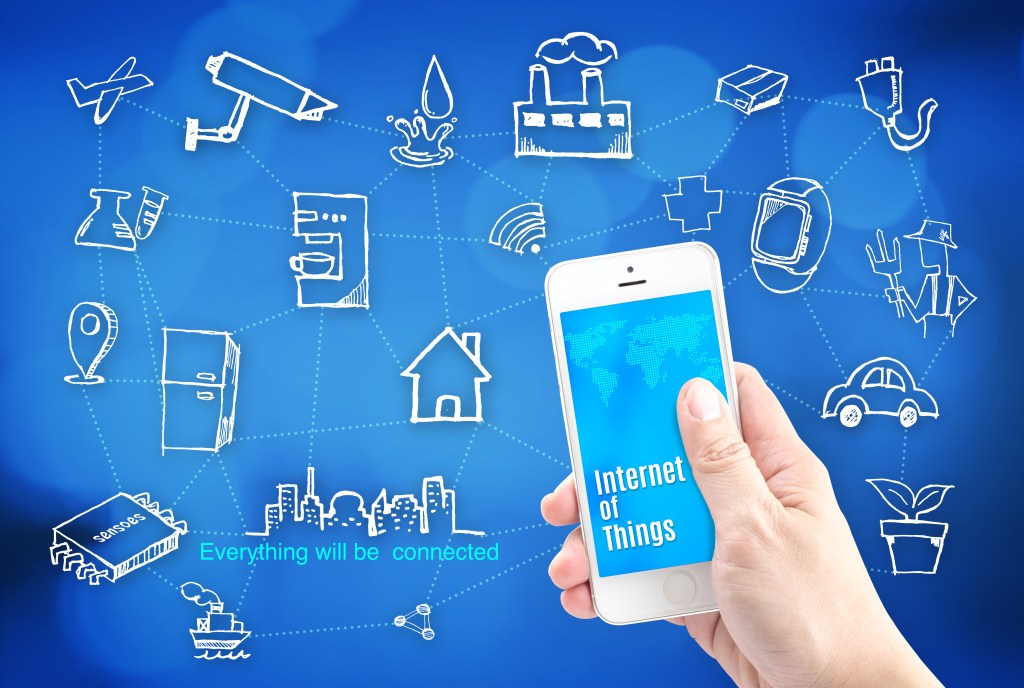When you think of Salesforce.com, you probably don’t think about the burgeoning Internet of Things, but Salesforce wants to help customers make sense of all of the data coming from the growing number of connected devices — often referred to as the Internet of Things.
The company is announcing its brand new Salesforce Internet of Things Cloud at Dreamforce, its huge customer conference, which opens today in San Francisco. The new cloud is built on the all-new Thunder platform. Salesforce has a bushel of platforms now including Thunder, Lightning, Salesforce 1, Wave and a couple of others. It’s getting so you can’t tell the platforms without a scorecard.
Regardless, it’s placing a big bet on the Internet of Things. It sees a connection between the customer and all of this data being generated by devices and various other sources and the company wants to help customers begin to capture and make sense of this growing amount of information.
“We are watching the increasing volume of data coming off of connected devices, and we are thinking about how we can help customers deal with those massive amounts of data,” Dylan Steele, senior director of product marketing for the App Cloud at Salesforce told TechCrunch.
But it’s not just device data, they want to capture with this new tool. It’s data coming from apps, social streams, web data, weather data — in short, anything that can help companies build a more complete picture of their customers.
“When you look behind all of this, there is a customer generating all of this data,” he said. In theory, the more data you have about a customer, the more you can pinpoint their requirements and react to their needs. In practice, however processing all of this data is massively complex and many companies struggle with it today.
Essentially, the latest Salesforce product provides what Salesforce has always done from its earliest days when it put CRM in the cloud. It’s doing the heavy lifting and saving customer from setting up and maintaining their own hardware, while giving them a set of tools to do the job in the cloud. Processing big data, however, is a bit more complex than dealing with customer and marketing data. Salesforce has its work cut out for it, but it believes it can help simplify a complex set of big data processing tasks related to the Internet of Things.
“You can buy this as a service, and you don’t have to worry about the different types of technology to manage the complex processes [behind the data]. We manage and focus on that as a service,” he said.
The tool, which is built on Heroku, the company Salesforce bought in 2010, will ingest, filter and transform the data and then tie it back to the Salesforce platform where users can work with the data to understand their customers better. “We want to make [big data] accessible to business users and to [help them] write rules and real-time logic and sort through it and find the data that is most relevant [to them],” he said.
These rules can trigger certain actions based on data being processed by the IoT Cloud. For example, a car company could have sensors in the car that send a message through the cloud to a service center when the brakes or tires require service soon, and also send a message to the car owner.
The IoT Cloud also promises to ingest more elaborate data from the Industrial Internet of Things sending information from factories, warehouses, wind turbines, jet engines and similarly complex systems that have been equipped with sensors.
While this might seem the realm of others like GE Predix or perhaps Cloudera, Hortonworks or other software designed specifically to process big data, Salesforce believes it has a role here, particularly because the data is not locked into Salesforce. It can be exported an used in another tool, Steele explained — although how easy that will be remains to be seen.
As for availability, Salesforce appears to be leaving it deliberately vague for now. The product will go into pilot sometime during the first half of 2016 and be generally available later in the year.































Comment